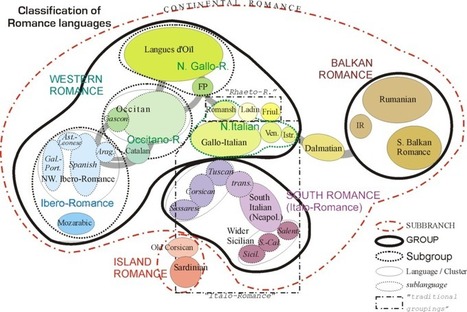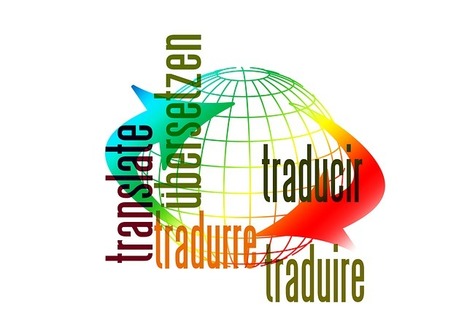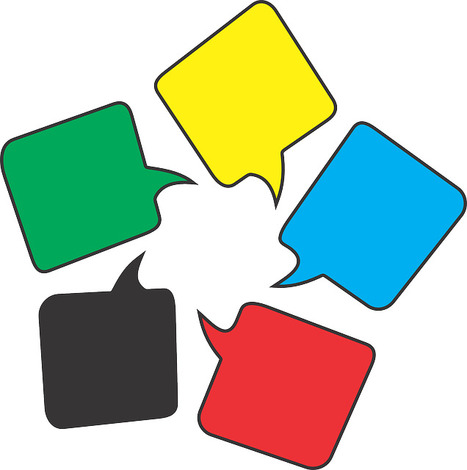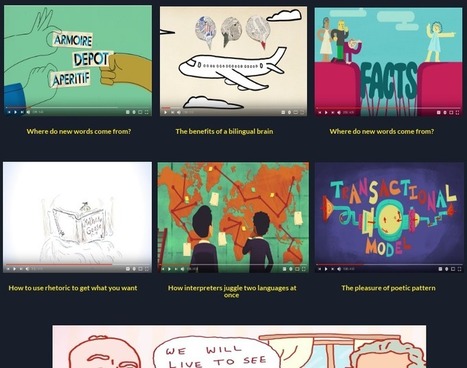https://blog.openai.com/better-language-models/ "We’ve trained a large-scale unsupervised language model which generates coherent paragraph
Get Started for FREE
Sign up with Facebook Sign up with X
I don't have a Facebook or a X account

 Your new post is loading... Your new post is loading...
 Your new post is loading... Your new post is loading...
Isabella El-Hage's curator insight,
March 19, 2015 11:15 AM
This article links with Unit Three through "language and communication". These 23 maps range from the history of languages, which languages connect with which, common languages in certain places, different phrases used in the same country for the same thing, and more. Looking at maps to spatially see language helps when trying to understand how the world communicates. One of the maps that I found interesting was the "New York tweets by language". It shows how diverse that city is, and how people are still preserving their native language in a English prominent country.
Avery Liardon's curator insight,
March 23, 2015 9:00 PM
Unit 2: Shows how many languages are actually closely related. Whether or not they sound the same or are located in similar regions, many share the same origins. For example: many words in Spanish and English are the same due to their similar roots. |
Shane C Cook's curator insight,
May 27, 2015 8:54 AM
Africa is a very diverse and complicated continent due o mistakes made in the Berlin Conference. The strange boundaries drawn restrict these African nations to be one with their own people not with their enemies. 
Chris Costa's curator insight,
October 27, 2015 4:51 PM
We have seen the repercussions of ethnic tensions play out in the Balkans, the Middle East, and even in the United States, and Africa is no exception. Arbitrarily drawn national borders- the remnants of European colonialism- means that there is often significant ethnic diversity within many African nations. Although this creates interesting blends of language and culture, it has often bred violence in many countries, perhaps most notably in South Africa and Rwanda. Although many members of the West like to lump the entire continent into a single category, this could not be further from the truth. The second largest continent with extreme biodiversity, it has bred thousands of languages and hundreds of different cultural backgrounds, sometimes within a single country. It is important for the West to understand the complex make-up of the African continent in order to avoid the Eurocentric assumptions many Westerners make when discussing the continent. There isn't a single "Africa"- there isn't even a single "Nigeria," but rather a multitude of different peoples and cultures, equally as complex as those found in other regions of the world. This map does a very good job at illustrating the complexity and richness of the continent.
Mark Hathaway's curator insight,
October 30, 2015 7:20 AM
People often underestimate how diverse Africa really is. We often have the tendency to lump all Africans together in one large ethnic group. The actual number of different ethnic groups in Africa is rather staggering. This map can also be used as a partial explanation for the amount of ethnic conflict in Africa. Often times, these ethnic groups are squashed together in states with poorly drawn borders. Under that situation, ethnic conflict becomes inevitable.

luiy's curator insight,
August 26, 2014 11:02 AM
A lot has been written about the ways that big data has changed scientific enquiry, but as supercomputers increase in power and the tools to use them become less obtuse, whole new academic disciplines are beginning to feel the benefits of crunching data.
Believe it or not, some people even think we can forecast the future with big data. Predicting world-changing events is a possibility, some claim, if you treat society and history like a big data problem. It's how big data analyst Kalev Leetaru found where Osama bin Laden had been hiding, in a way. |



![[R] OpenAI: Better Language Models and Their Implications : MachineLearning | E-Learning-Inclusivo (Mashup) | Scoop.it](https://img.scoop.it/pcksbs3E6S-ddOryFchNgzl72eJkfbmt4t8yenImKBVvK0kTmF0xjctABnaLJIm9)


















